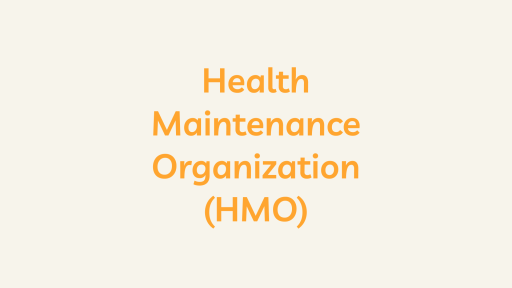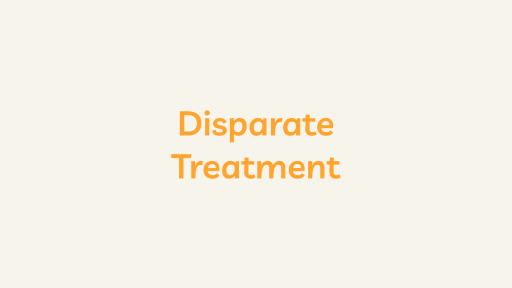Introduction
Disciplinary action is a fundamental aspect of organizational management, encompassing a range of measures designed to address employee behavior and performance issues. From verbal counseling to termination, these measures are crucial in maintaining a positive work culture, enhancing accountability, and ensuring compliance with organizational policies.
Importance of Disciplinary Action
Maintaining a positive work culture is essential for fostering collaboration and innovation in today’s dynamic workplaces. When applied judiciously, disciplinary actions contribute to this culture by setting clear boundaries and expectations. For example, at XYZ Corporation, disciplinary measures are viewed as tools to protect the vital collaborative norms for their success. They prevent disruptive behavior that negatively impacts team dynamics and hinders overall productivity.
Enhancing employee accountability is another critical function of disciplinary action. In industries where precision is paramount, such as manufacturing, employees are held accountable for adhering to safety protocols. In this context, written warnings reinforce the importance of strict adherence to safety guidelines to prevent accidents and maintain a secure work environment.
Disciplinary measures also play a vital role in ensuring compliance with organizational policies. Consider a healthcare organization where patient confidentiality is of utmost importance. Disciplinary action is utilized to enforce strict confidentiality policies, ensuring compliance with legal regulations and maintaining the trust of patients.
Common Reasons for Disciplinary Action
Various issues, including employee misconduct, performance shortcomings, and attendance concerns, often prompt disciplinary action. In cases of employee misconduct, such as harassment or discrimination, immediate disciplinary action is crucial to maintaining a safe and inclusive work environment.
Performance issues, such as consistent failure to meet sales targets in a sales-driven organization, may warrant disciplinary action. In such cases, a performance improvement plan can be implemented to help the employee succeed by providing targeted support and resources.
Attendance and punctuality concerns, common in industries where operational efficiency is critical, may also lead to disciplinary measures. For instance, a retail business may enforce disciplinary action for chronic tardiness to uphold customer service standards and overall efficiency.
Types of Disciplinary Measures
Disciplinary measures vary in severity, starting with verbal warnings and counseling for first-time offenses. A written warning may be issued for more serious violations, accompanied by a performance improvement plan outlining specific steps for improvement and support resources.
In cases of severe policy violations, temporary suspension or probation may be implemented to reassess an employee’s behavior or performance. Termination, though considered a last resort, may be necessary if other measures fail to bring about positive change.
Best Practices in Implementing Disciplinary Action
Consistency and fairness are paramount when implementing disciplinary measures. Ensuring uniformity across different regions in multinational companies is crucial for maintaining fairness. Clear communication of expectations and consequences is essential, as demonstrated by an IT company that emphasizes transparent communication through regular training sessions.
Opportunities for improvement should be incorporated into the disciplinary process. For instance, a consulting firm provides professional development resources to employees on a performance improvement plan, such as additional training or mentorship programs.
Legal Considerations
Understanding employment laws is crucial for creating disciplinary policies that comply with legal standards. Regular updates to these policies, as seen in a legal firm, ensure alignment with changing employment laws, protecting both employer and employee rights.
Employee Development Through Disciplinary Processes
Disciplinary measures can be reframed as opportunities for growth. An advertising agency, for example, uses disciplinary actions to encourage professional development. Employees with communication issues may receive communication skills training as part of a holistic improvement plan.
Training and support are integral components of the disciplinary process. In the education sector, teachers on a performance improvement plan receive additional training and mentorship to enhance their teaching methods and contribute to overall student success.
Challenges and Pitfalls
Balancing discipline with a positive culture is an ongoing challenge. A creative agency, for instance, incorporates team-building activities to counterbalance the potential negative impacts of disciplinary measures on morale.
Negative impacts on morale and team dynamics must be carefully managed. When addressing performance issues, a manufacturing team ensures open communication channels to address concerns and maintain team cohesion.
Case Studies or Examples
Real-world examples can provide insights into the successful application of disciplinary actions. A tech startup, for instance, shares a case where a structured performance improvement plan significantly improved an employee’s coding skills, ultimately benefiting the entire team.
Lessons learned from ineffective disciplinary actions can also be valuable. A retail chain, reflecting on a case where termination exacerbated team morale issues, learned to provide additional support and resources before taking such drastic measures.
Conclusion
In conclusion, disciplinary action is not merely punitive but serves as a strategic tool for effective management and workplace development. Its role in maintaining a healthy work environment, enhancing accountability, and promoting employee growth cannot be overstated. When managed effectively, disciplinary measures contribute to developing a resilient and high-performing workforce. Organizations that approach disciplinary action with fairness, consistency, and a focus on improvement are better positioned to navigate challenges and foster a positive workplace culture.





